Description
The Prussian Bluchersabel was directly copied from the British P1796 Light Cavalry saber
in 1811. Prussian troops first received British P1796 sabers in 1809. Production began in
1814 after Napoleon’s defeat at the Battle of Leipzig when the sword manufacturing
facilities came into Prussian hands. The sword was originally a beefier version of the
British saber, which had received numerous complaints from British cavalrymen. The
Prussian version became so popular that it remained in service, with modifications, all the
way up to the outbreak of WWII in 1939. This example features the standard iron hilt with
P-shaped guard and half langets with rectangular slot for a sword knot, dove-head shaped
pommel with integral backstrap and “ears” riveted to the cord-wrapped leather-covered
wood grip (leather worn with sections lacking). Unit markings “16.U.9.” (16th Uhlan
Regiment, weapon #9). The 30″ curved single-edged blade with broad full-length fuller
and narrow 3/4 length fuller at back edge and hatchet point. This blade is a captured
French blade with the spine marked “Manufre Rle de Chatellerault Janvier 1836″ in script
(worn) with later stamping on spine and ricasso, probably from its re-issue. Blade is near
excellent with bright finish and sharp edge and point. No scabbard. A simply designed
weapon, but a highly effective killing instrument. Overall length 35 7/8″. These Prussian
swords with unit markings are especially of interest because their history can easily be
traced.

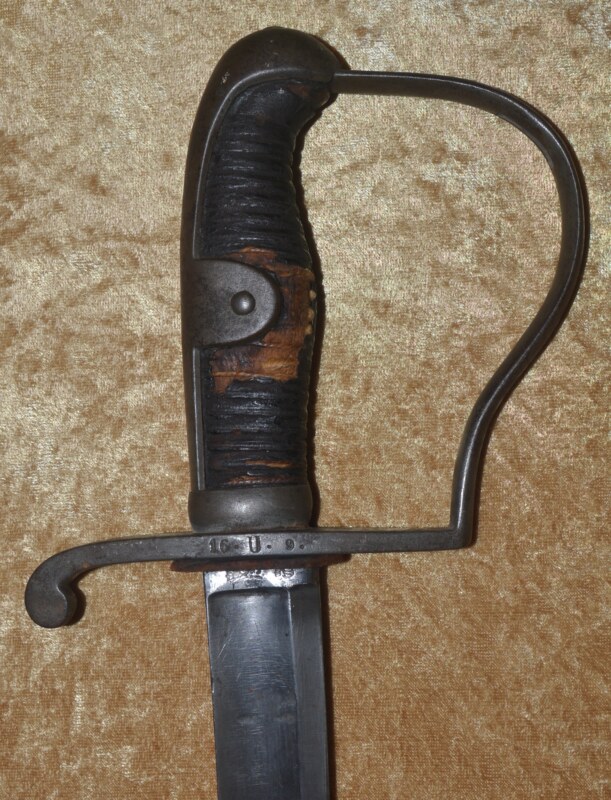
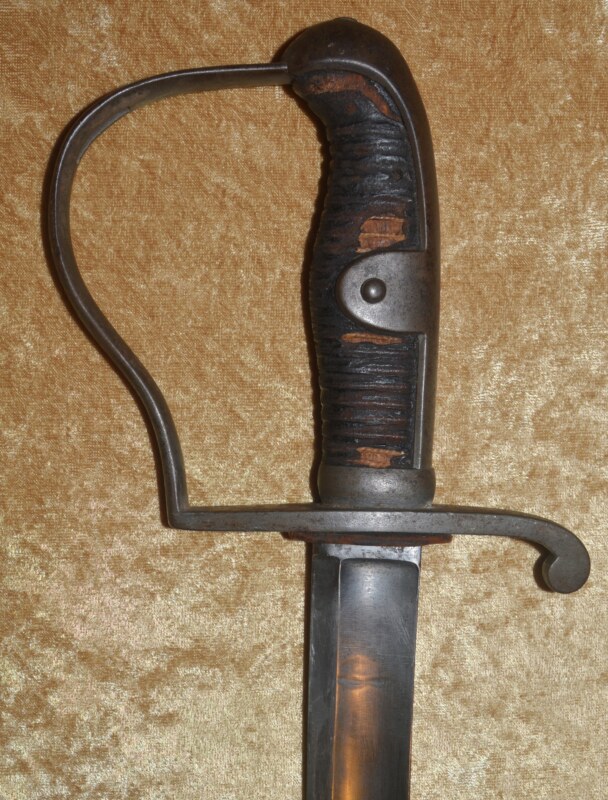
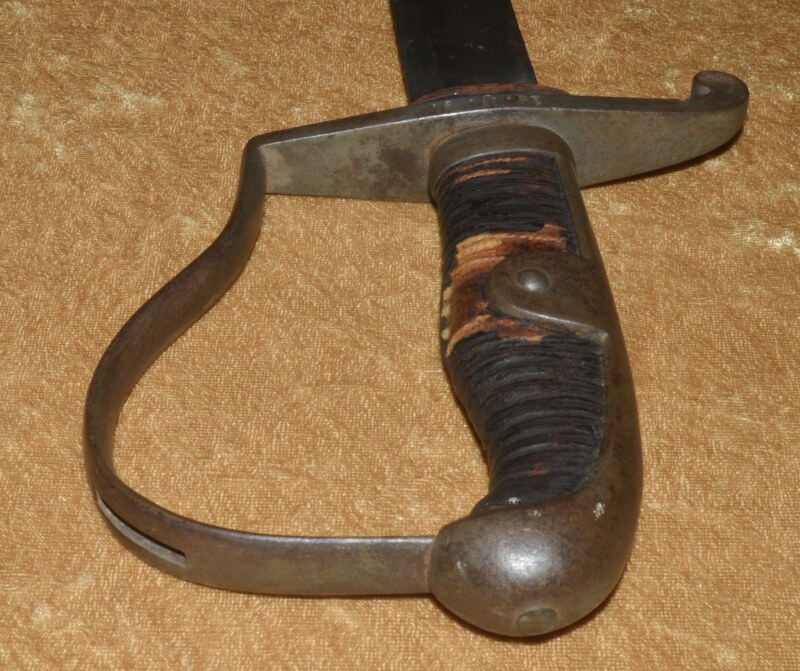
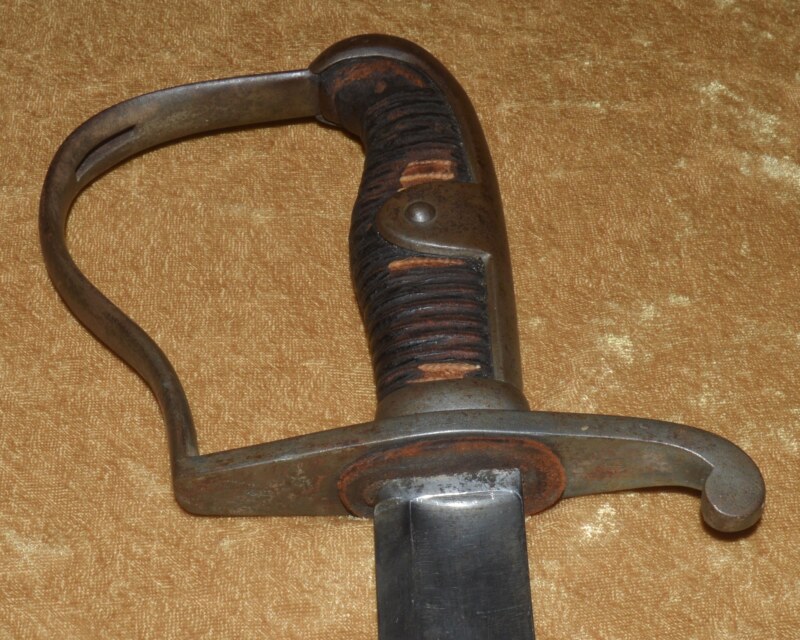
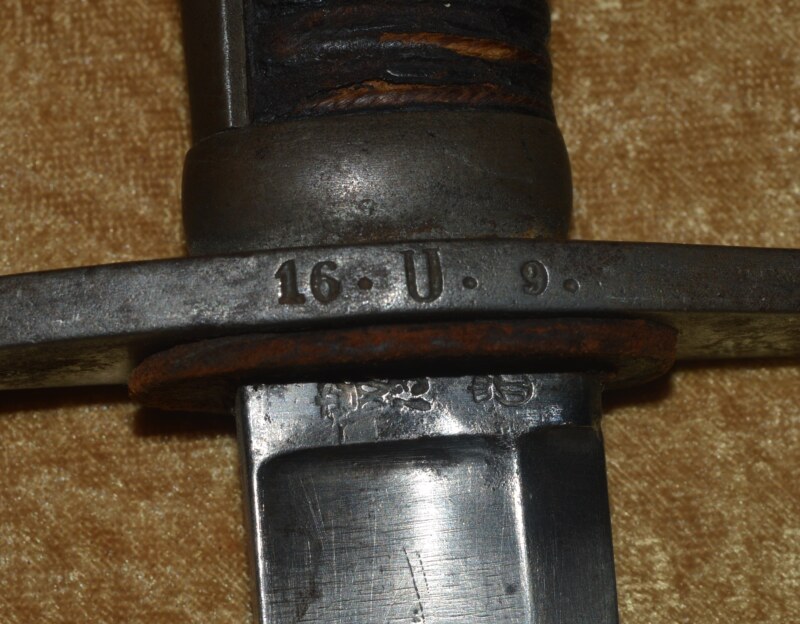
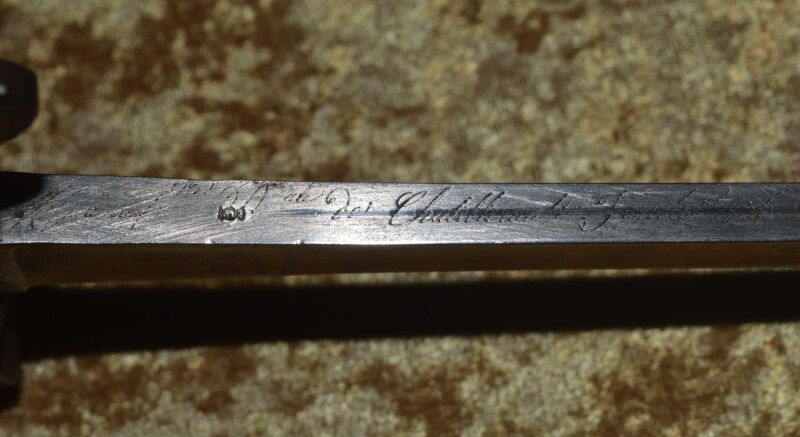
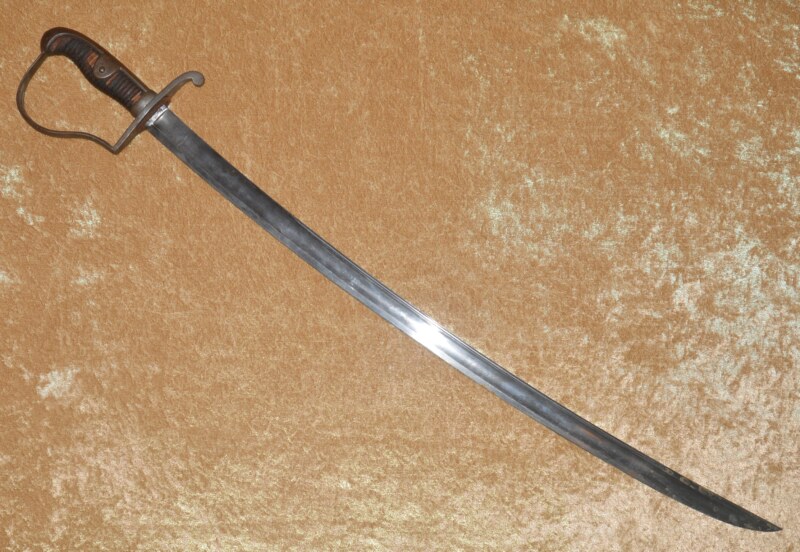
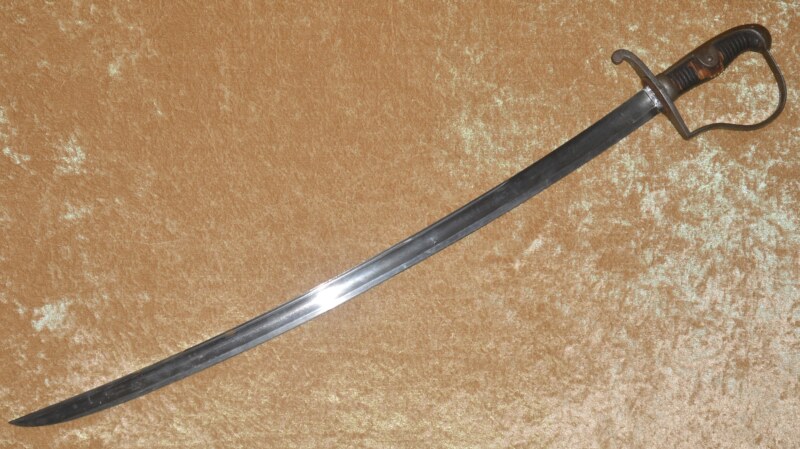
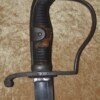
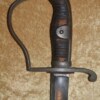
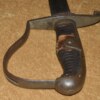

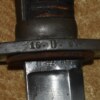
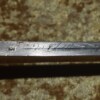
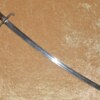
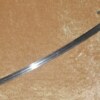
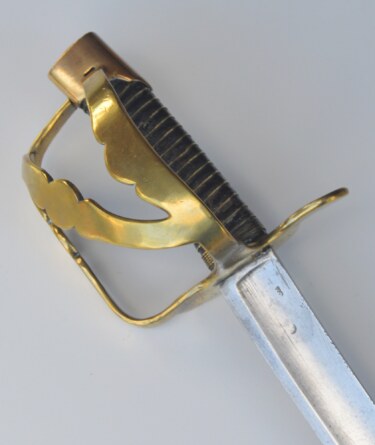 Rare French Chasseurs a’ Cheval de la Garde Trooper’s Saber, Late 18th C
Rare French Chasseurs a’ Cheval de la Garde Trooper’s Saber, Late 18th C 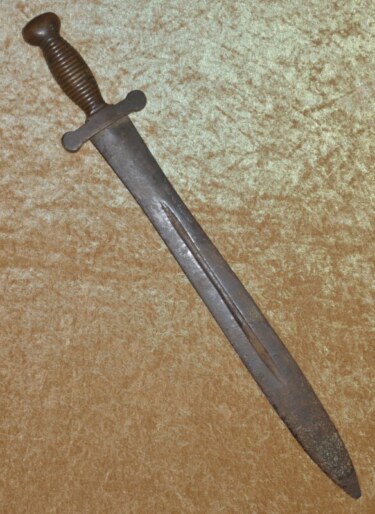 Scarce Confederate Artillery Short Sword by Boyle, Gamble, & McFee
Scarce Confederate Artillery Short Sword by Boyle, Gamble, & McFee 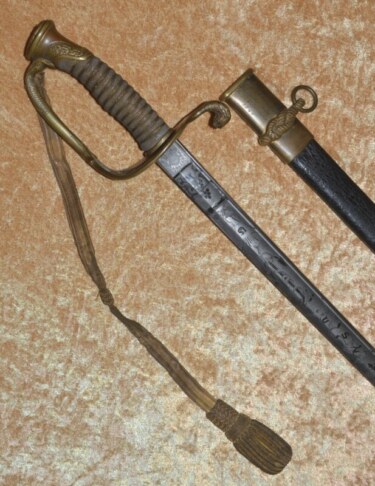 Fine Presentation Civil War M1852 Naval Officer’s Sword
Fine Presentation Civil War M1852 Naval Officer’s Sword 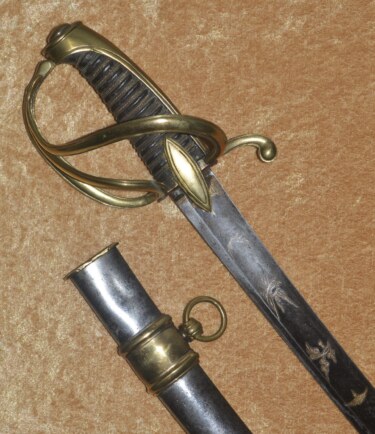 French First Empire Light Cavalry Officer’s Saber
French First Empire Light Cavalry Officer’s Saber